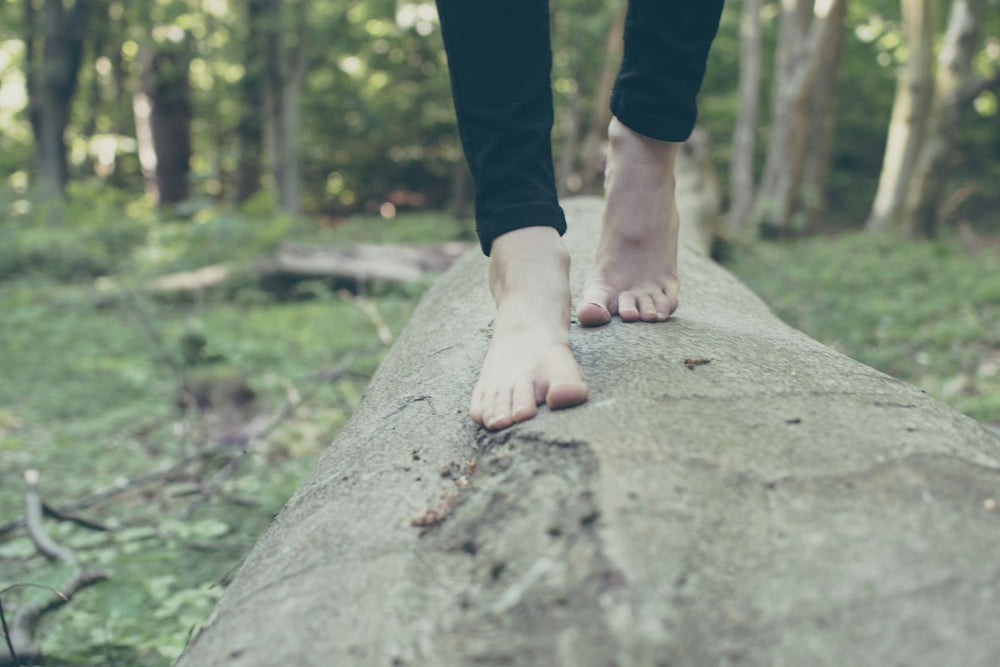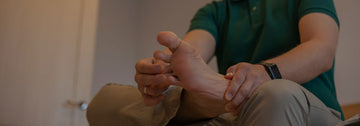What are Common Foot Problems in Older Adults?


Posted by:
Johannes Sauer
Reviewed by:
Updated at: September 10, 2024
CHECK OUT THE LATEST IN ADAPTIVE FOOTWEAR...
FAQ
Why do your toes curl up as you age?
How should you take care of your feet as you age?
What causes the loss of fat pads on feet?
Why do feet flatten with age?





![[color: black] Original Men's Adaptive Shoe](http://cadense.com/cdn/shop/files/Mens-BLK-T1-LG.jpg?crop=center&height=300&v=1765338442&width=300)
![[color: white] Original Women's Adaptive Shoe](http://cadense.com/cdn/shop/files/Womens-WHT-T1-LG.jpg?crop=center&height=300&v=1765381322&width=300)





